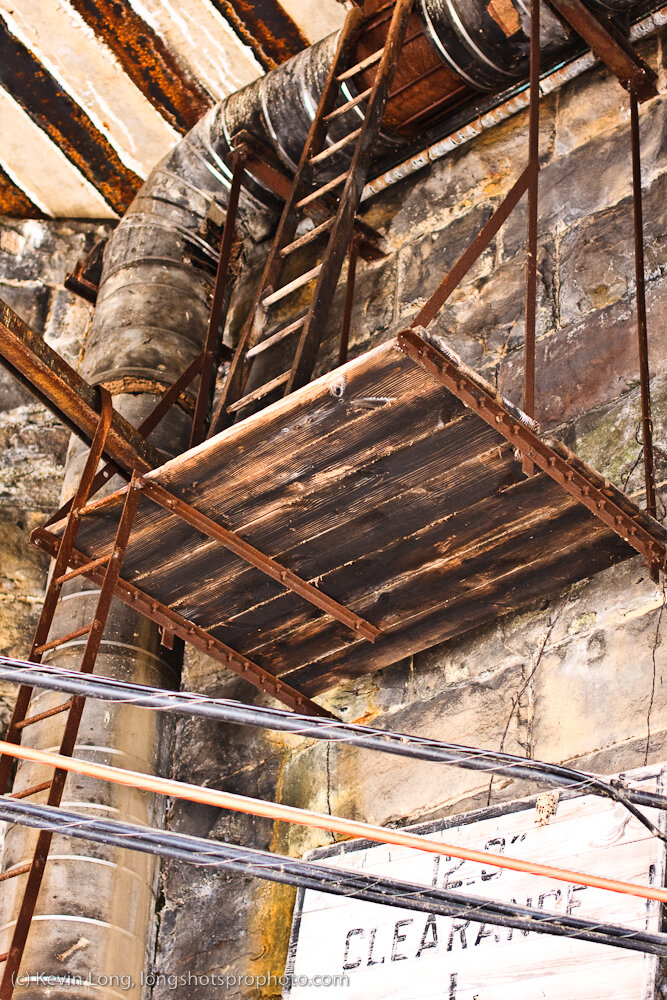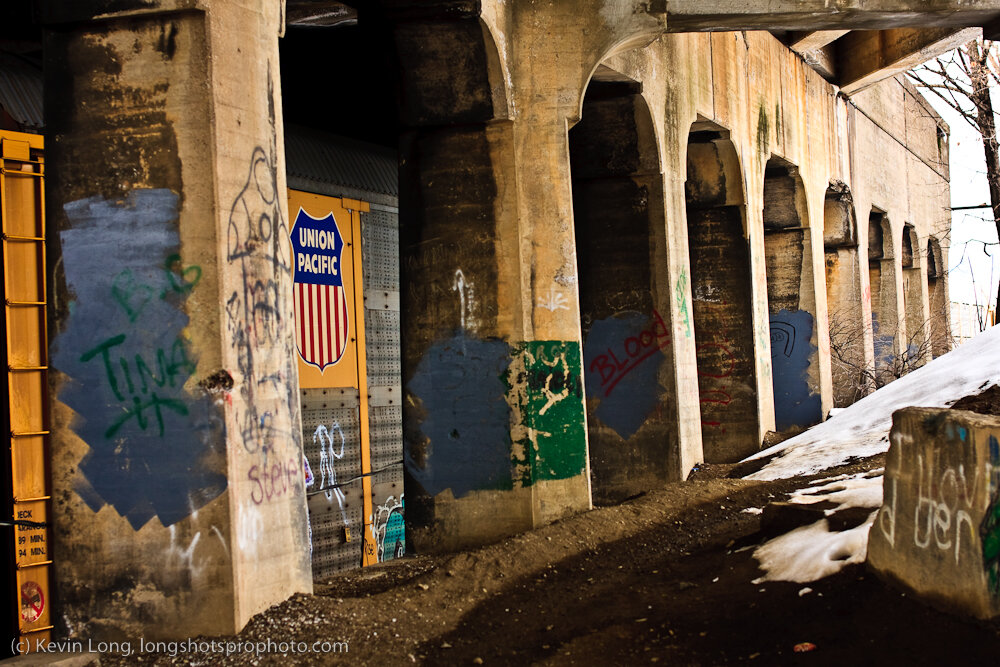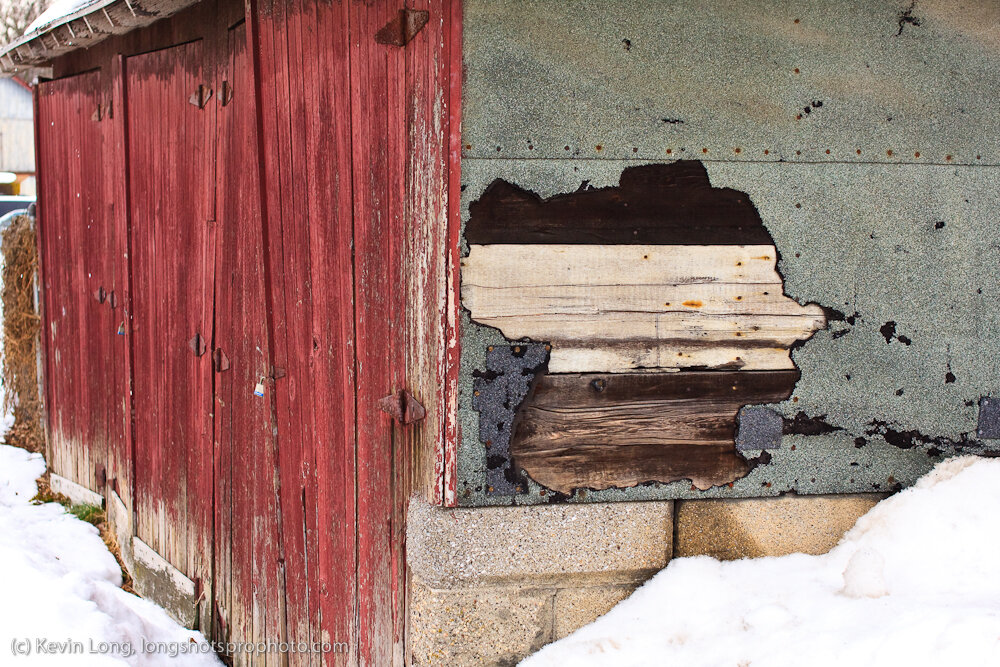In last week's post on choosing an SLR, I recommended that you pair your new camera with a 50mm prime lens. A prime lens can be differentiated from a zoom lens in that its focal length is not variable. If you have a 90mm prime lens, all of your shots will be taken at 90mm; if you have an 18-200mm lens, you can shoot at 18mm (wide angle), 200mm (telephoto), and anywhere in between. Why would you want a prime lens when it so severely limits your versatility? For one, good image quality is much more affordable in a prime lens. It's difficult to make a lens that has good image quality (IQ) across a wide range of focal lengths, and that's reflected in the price. Along with that, a prime lens is typically the easiest way to gain the ability to shoot fast. A Nikon D3S will allow you to shoot at ISO 102,400 (you read that right!), but it won't throw the background behind your subject out of focus like a 50mm f/1.8 lens on a Rebel XSi.How can you overcome the limitations introduced by a prime lens? Often, you can do it on foot. If you want to zoom in, take a few steps forward; to zoom out, step back (but watch where you're going!). Your mileage may vary. If you're in tight quarters, you won't be able to photograph a group; conversely, if you're trying to shoot a deer on a hill, you won't get much detail.[note]It's more difficult to make a lens that has good image quality (IQ) across a wide range of focal lengths[/note]Note that on most SLRs (with a 1.6x crop factor), the 50mm acts like an 80mm lens, which is more of a telephoto. For that reason, it's especially good for taking pictures of children (active or not) without requiring a flash.Shortly after I wrote Saturday's post, Phototuts+ put up a great series of images taken with what they call "Nifty Fifty" lenses. I've included several in this post as well. Enjoy!For more on prime lenses, check out this article at PhotographyTalk.
Why would you want a prime lens when it so severely limits your versatility? For one, good image quality is much more affordable in a prime lens. It's difficult to make a lens that has good image quality (IQ) across a wide range of focal lengths, and that's reflected in the price. Along with that, a prime lens is typically the easiest way to gain the ability to shoot fast. A Nikon D3S will allow you to shoot at ISO 102,400 (you read that right!), but it won't throw the background behind your subject out of focus like a 50mm f/1.8 lens on a Rebel XSi.How can you overcome the limitations introduced by a prime lens? Often, you can do it on foot. If you want to zoom in, take a few steps forward; to zoom out, step back (but watch where you're going!). Your mileage may vary. If you're in tight quarters, you won't be able to photograph a group; conversely, if you're trying to shoot a deer on a hill, you won't get much detail.[note]It's more difficult to make a lens that has good image quality (IQ) across a wide range of focal lengths[/note]Note that on most SLRs (with a 1.6x crop factor), the 50mm acts like an 80mm lens, which is more of a telephoto. For that reason, it's especially good for taking pictures of children (active or not) without requiring a flash.Shortly after I wrote Saturday's post, Phototuts+ put up a great series of images taken with what they call "Nifty Fifty" lenses. I've included several in this post as well. Enjoy!For more on prime lenses, check out this article at PhotographyTalk.




